|
It is frequently pointed out that Kenyan coffees are the best in the world. Also, that its cup profile is unique and that it must always be within certain parameters (blackcurrant, berries, winey, juicy), or else it would not be a good example of a good Kenyan coffee. It seems that the industry has preconceptions about what is a good coffee, and what flavors should be obtained from a certain origin; as if the production of coffee were an exact formula, similar to a highly efficient factory where economies of scale are generated and from which the same result is always obtained.
0 Comments
Ethiopia exported 148,882 tons of coffee during the first six months of the current marketing year from August 21 to January 22, generating $578 million, 20% more than projected, according to the Ethiopian Coffee & Tea Authority.
Germany was the major importer of the highly-sought beans for the period followed by Saudi Arabia and Japan. This is important, because there are 5 different grades that are allowed to be exported from Ethiopia, so we need to understand the difference between them. Not long ago I was listening on a podcast, to a "celebrity" of the specialty coffee industry, saying that the most difficult country where to work was Kenya. This seemed nonsense to me, because without a doubt, for anyone who has worked in Africa for a sufficient period of time, will say that the most difficult origin to work is undoubtedly Ethiopia, with light years of difference. And with this I am not saying that Kenya is all peaches and cream, because is not, but what I mean is that Ethiopia is too complex. It should be noted that with this article, I do not intend to establish a cultural superiority on the part of the West to the detriment of the third world, as it is commonly called. I firmly believe that there is no culture superior to another, however they are all different, each with its positive side and its flaws. I do not agree with the kind of superiority that some feel when they come to Africa "advising" how to live, what is the best solution to problems, and even how to grow and process coffee. Africa must find its own solutions! 1.- Origins of fermentation.
Fermentation is older than any ancient civilization that we know of today. Several archaeological excavations have found jars with the remains of wine that are approximately 8,000 years old. After much trial, error and careful observation, almost all civilizations began producing fermented beverages (and foods as well), but mainly wine and beer. It started with the fermentation of water with honey in Asia, then the Egyptians, Babylonians and Romans used grapes to produce wine, the Chinese used rice instead to produce wine and other civilizations produced beer with barley. Chicha was produced in South America, through the fermentation of corn. The harvest is for specialty coffee production process, as the script is for a very good movie; the structural basis and the parameter that will mark its quality. Suppose we are going to process the lot A, which will be separated according to a series of characteristics that in the industry we call traceability (origin, altitude, process, cultivation, fermentation, etc.); The quality of lot A will be defined by the way in which its cherries are harvested. After the harvest, there will be no possibility of increasing the quality of this lot, we can only maintain it and try very hard not to reduce it.
Our new Sumatran lots are arriving in Barcelona in exactly 10 days from now! And we are very excited about it, because this year's selection is better than ever! We have been able to verify that the quality of our partner Cooperatives in Sumatra has consistently improved since we started working with this origin in 2015. But how has this happened? How can such an underestimated and undervalued origin by the world of specialty coffee, can become a new quality trend in many countries, and a No. 1 favourite for many coffee enthusiasts around the world in such a short time?
As we all know, roasting high density coffees is difficult, but roasting high density dry process coffees is even more so! What should you keep in mind to start developing your own killer roasting profile for natural coffees? 1º THE DENSITY OF THE LOT
During the washing process, there are many more opportunities for selection and grading than in the natural process. Although, lately in origins such as Ethiopia and Burundi, where there are cooperatives focusing on quality, they have begun to introduce hand selection and flotation grading, prior to the drying of the cherries on patios or African beds. The use of fermentation is as old as agriculture itself, which anthropologists estimate began in 8,000 BC. The first experiments that humanity made with fermentation to produce wine date from 7,000 BC in the Middle East. And according to hieroglyphics, the Egyptians in 3,000 BC already used yeast to make bread. In those times the biochemical process of fermentation, responsible for these actions, was seen as something mysterious and even magical. Only two centuries ago, we began to understand this important process, when in 1854 the French chemist Louis Pasteur determined that fermentation is caused by yeast. In very simple terms, yeast is an unicellular microorganism classified as a fungus, which perform the decomposition of sugars by alcoholic fermentation.
Giling Basah is a term widely used in Indonesia, which literally means “Wet hulled.” It is a characteristic and unique method for coffee processing, most commonly used in the islands of Sumatra and Sulawesi. In this method, the farmer selectively picks the ripest cherries. Before pulping, they perform a 1st density selection, where in a tank, tub or bucket with water, they will introduce the cherries to separate light cherries or floaters from the heavy ones or sinkers.
|
Archives
April 2024
Categories
All
|
- What We Do
- Que Hacemos
-
Origins
-
Orígenes
- Education
- Educación
- Contact
- Contacto
- Home Roaster Store
- Tienda del Home Roaster

|
Copyright © 2015-2024 | Kilimanjaro Specialty Coffees España S.L.U. All Rights Reserved.
|
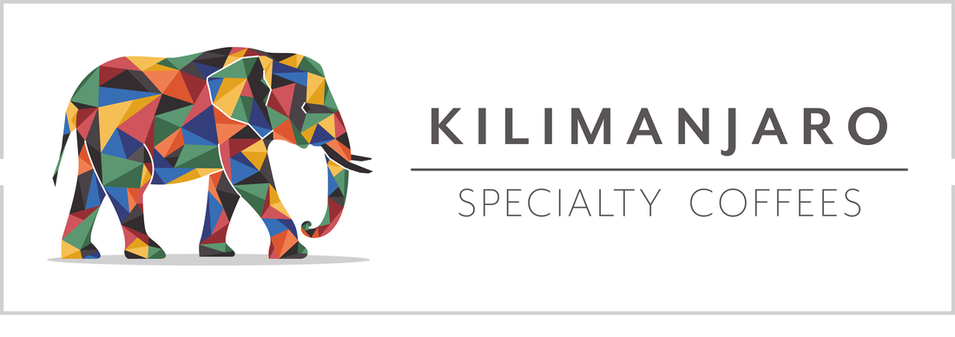
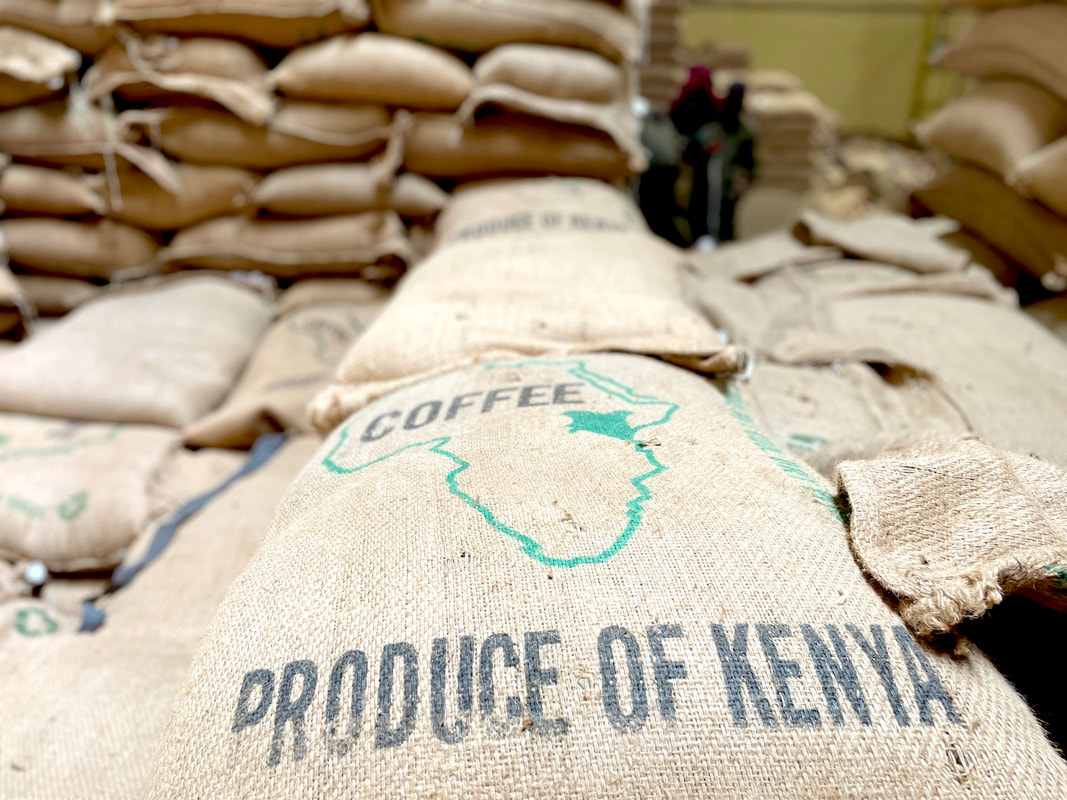
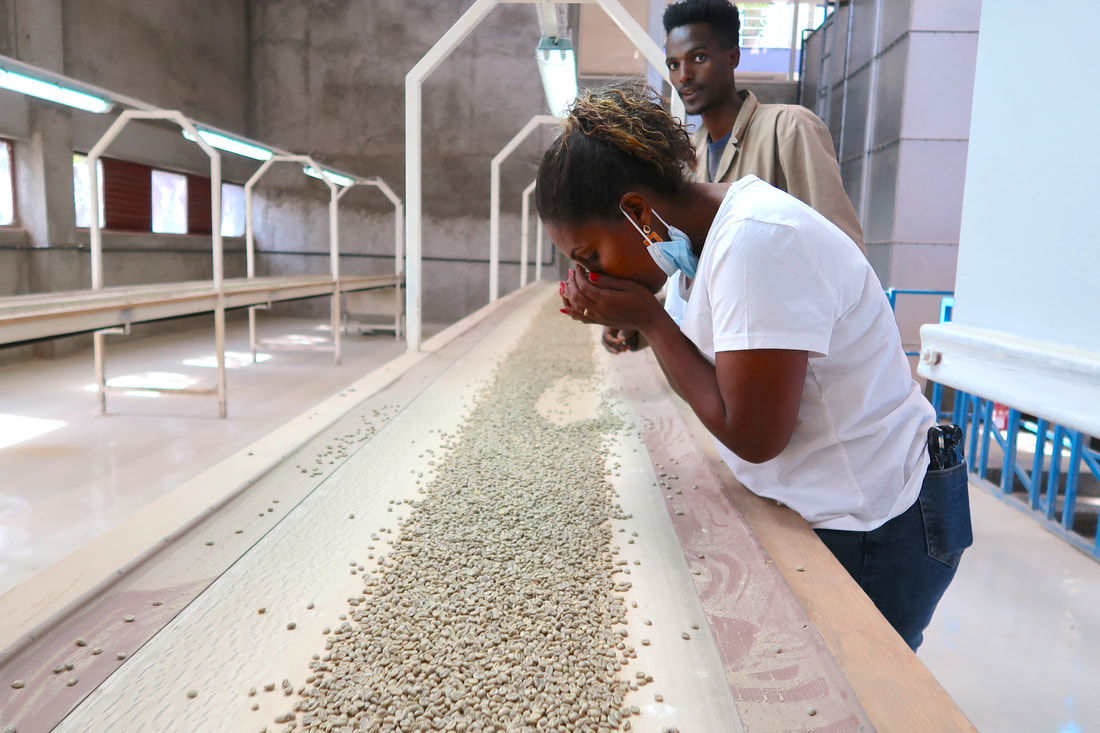
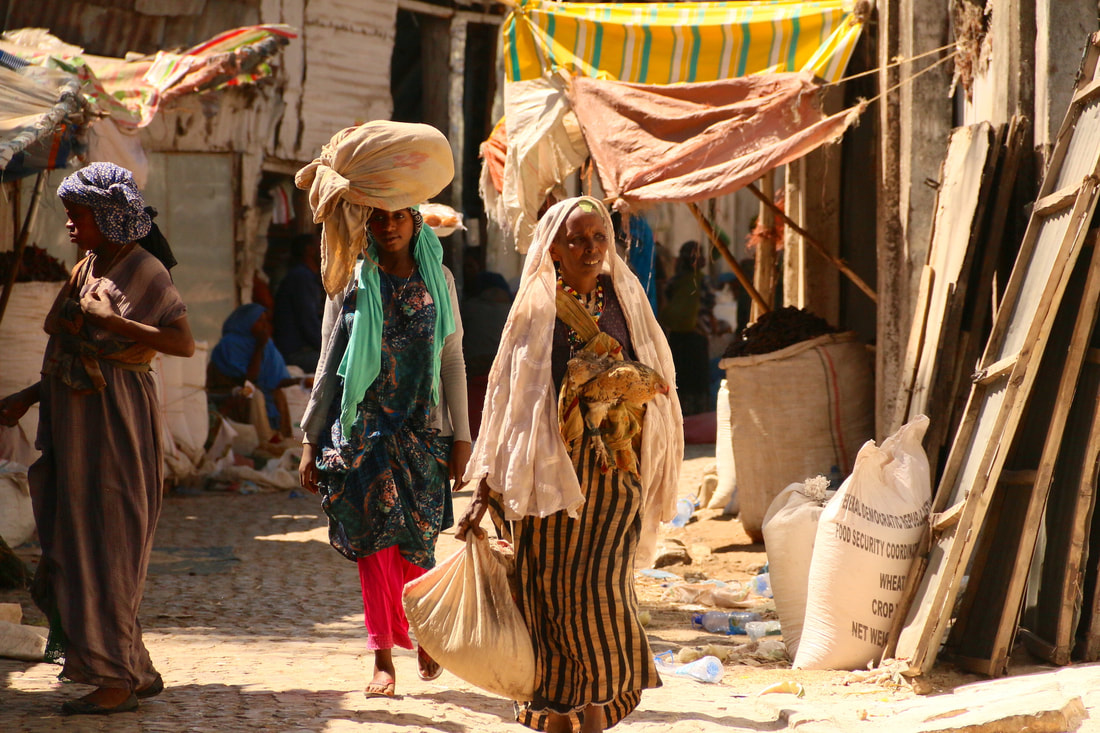
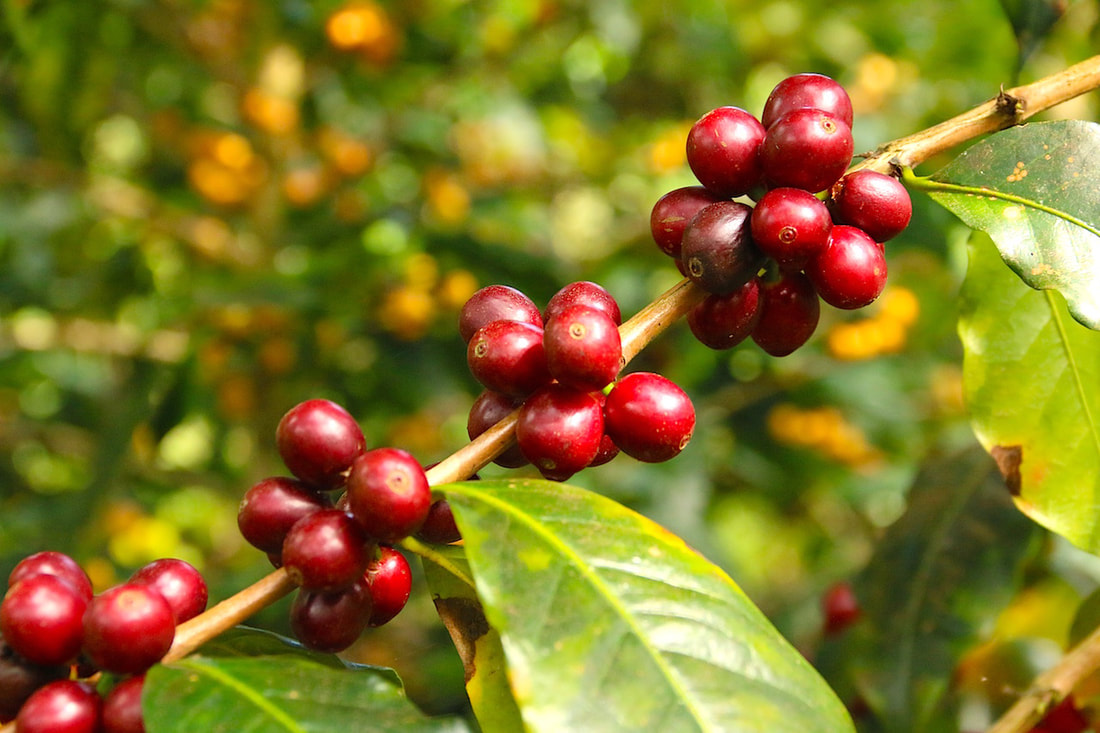

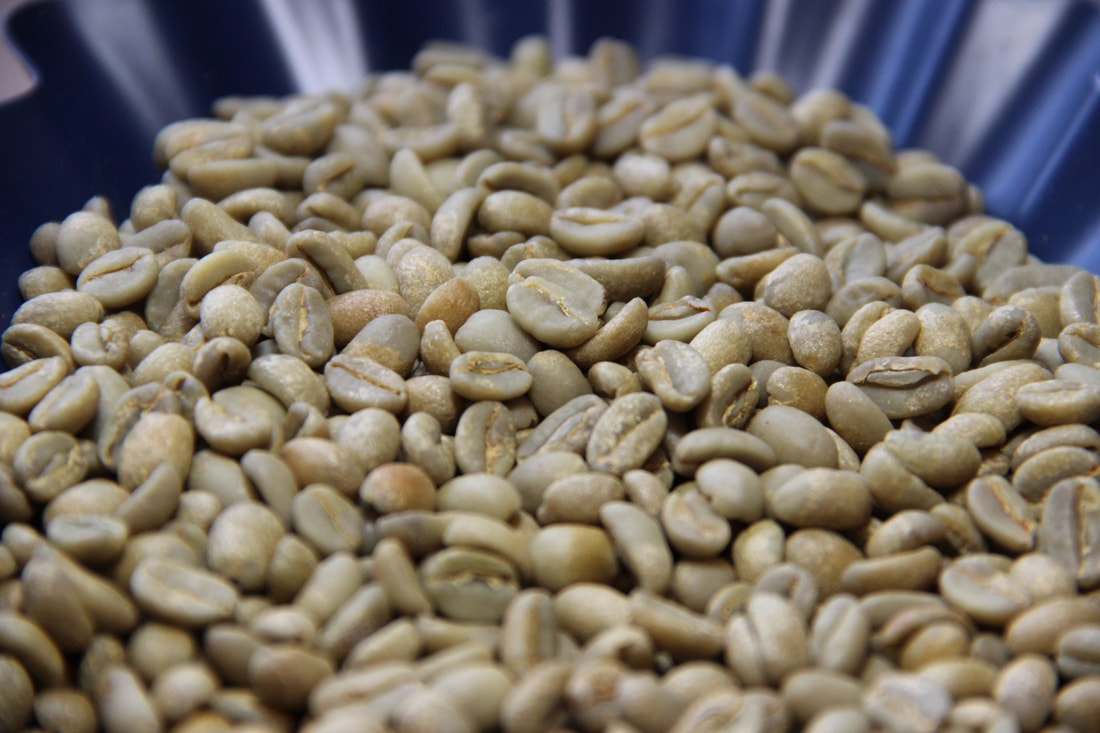
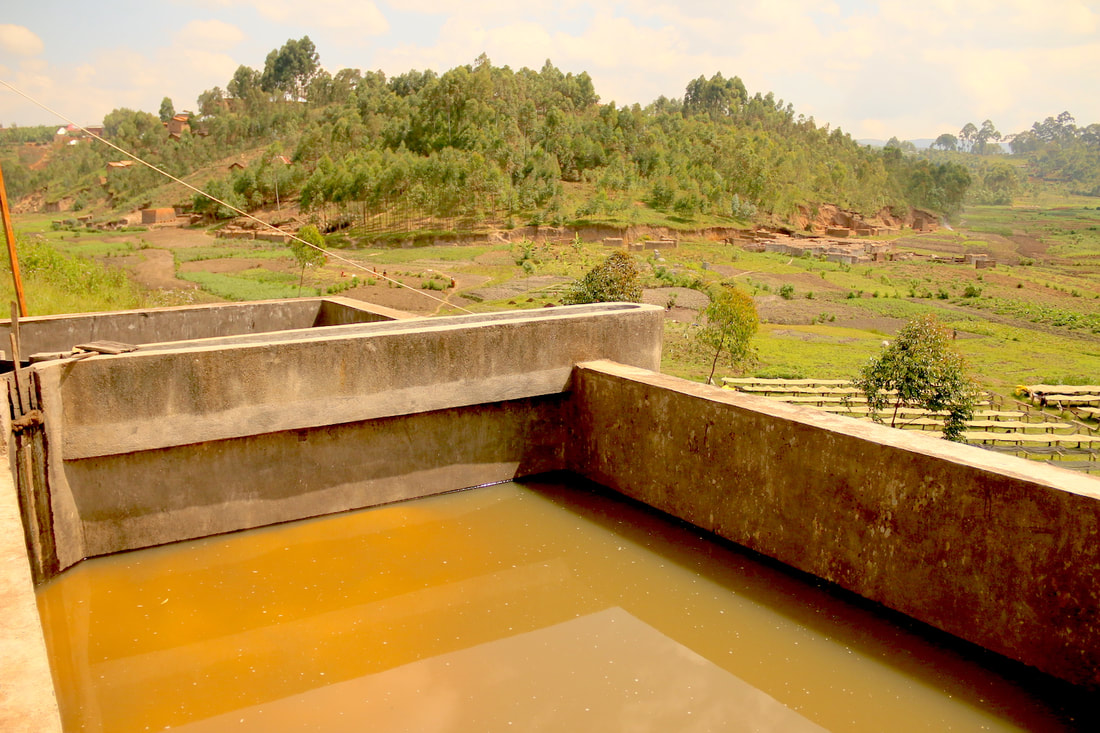
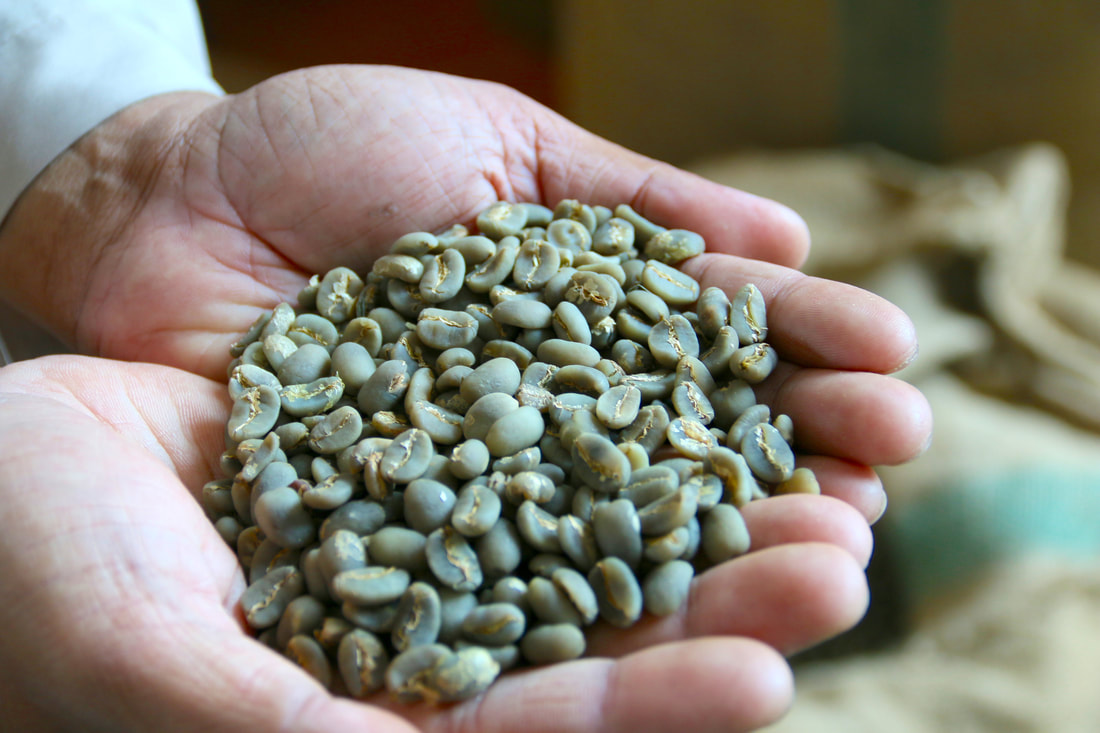
 RSS Feed
RSS Feed